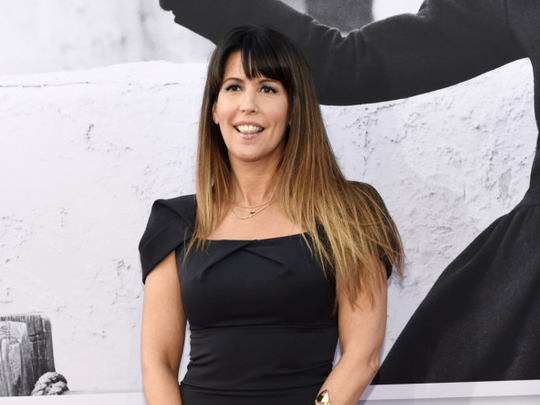
The director’s chairs on movie sets have not changed all that much when it comes to gender and ethnic diversity, according to a new study from the Directors Guild of America.
The study, which was released Thursday, found that female and minority directors remain a relative rarity. Among the 651 feature films released in 2017 with a box-office take of at least $250,000 (Dh918,125), only 12 per cent of the directors were women and just 10 per cent were people of colour.
From 2013 to 2017, the percentage of female movie directors has remained in a roughly consistent range of 8 per cent to 16 per cent, the study found.
“Change is long overdue,” Thomas Schlamme, president of the DGA, said in a statement. “Inclusion is a fight we’ve been fighting with the industry for four decades now, and it’s been an uphill battle to get them to change their hiring practices.”
He said the guild has pressed for the adoption of a version of the Rooney Rule, the National Football League policy that requires teams to interview minority candidates for head coaching positions. But he said the industry has been stubborn to change.
“We are committed to keeping at this for as long as it takes,” Schlamme said.
Hollywood has seen several female directors helm big-budget movies recently, including Patty Jenkins with Wonder Woman and Ava DuVernay with A Wrinkle in Time. But they remain relatively few in number.
The DGA’s study showed that, of movies released in 2017 that grossed more than $10 million, 14 per cent were directed by women. People of colour directed about 8 per cent of those feature releases.
The percentage of minority movie directors has declined slightly in the last four years, according to the report. Minority directors accounted for 10 per cent of movies in 2017 that grossed more than $250,000 and were covered under DGA’s contract.
That’s a decline from 2013, when minority directors accounted for 17 per cent of those movies.













